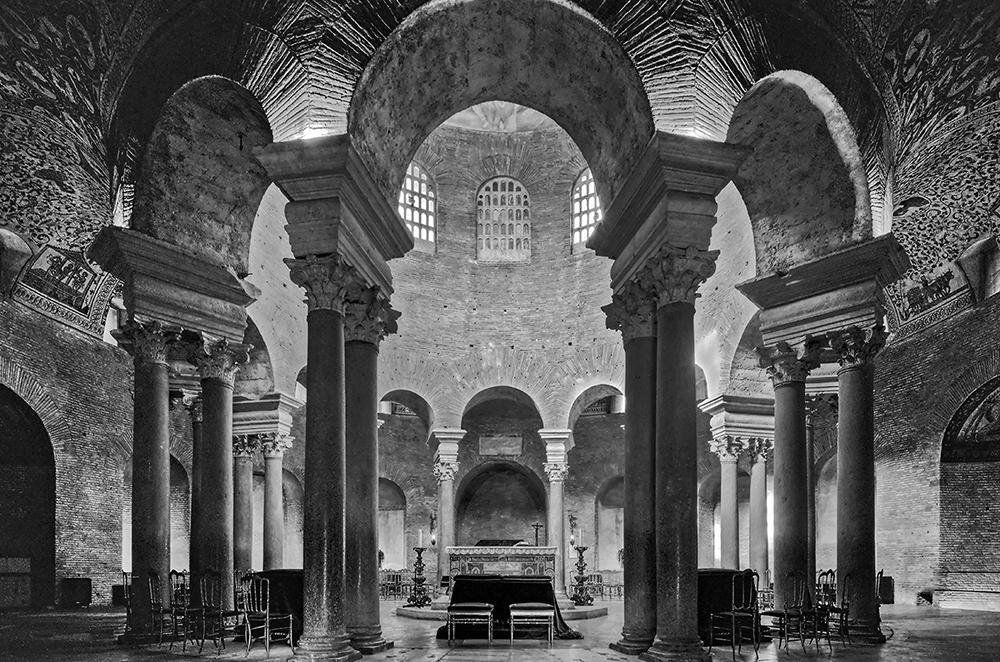Invited by Switzerland Tourism to photograph David Chipperfield Architects’ new addition to the Kunsthaus Zurich – or Culture House Zurich – Paul Clemence could hardly say no.
“Chipperfield brings a modern sensibility to the museum – the original building is more traditional,” he says. “This is a $230 million dollar expansion that adds 5,000 square feet of galleries, and increases display space by 78 percent.”
That makes it the largest art museum in Switzerland. It opened in 1910 with a design by architects Karl Moser and Robert Curjel. An addition was built in 1958 by Swiss architects Otto and Werner Pfister Brothers.
Chipperfield’s building is clad in 1,350 tons of limestone from Liesberg, Switzerland. “The color shifts from off-white to cream, depending on the light – it’s very photogenic,” Clemence says. “But there’s a lot of rhythm too in terms of design – the vertical lines give it a lot of movement and rhythm.”
The limestone’s bricked up to offers a surface for the play of light and shadow, especially on the pilaster strips. “The limestone as natural stone is a reference of the sandstone from the building by the architects Karl Moser and Robert Curjel,” says Kerstin Bitar, Kunsthaus art historian and art educator. “The pilaster strips, in turn, are a quotation from the addition designed by the Pfister brothers.”
Inside, the architect selected Austrian veined marble from Carinthia, Spessart oak with white pigmentation, along with brass and concrete that harmonize with each other. “There’s a very beautiful play of light inside, the way the light filters in and bathes all the materials and spaces,” Clemence says. “It was wonderful to see that art beginning to take their place in the galleries – the new buildings ‘residents’ beginning to claim their new home.”
In both the older buildings and the new addition, visitors will encounter new works from the Kunsthaus’s own collection, discover private collections that have rarely been seen before, and explore new public spaces.
In the Chipperfield building, the focus will be on art from the 1960s onwards, emphasizing its wide-ranging significance and networks of relationships. The curatorial concept highlights parallel techniques within discrete epochs of artistic production, and the interactions between genres from painting, prints and drawings, and sculpture to photography and new media. An influential new arrival will be the Looser Collection, with its Minimal Art, Abstract Expressionism and Arte Povera.
Galleries in the conventional format will accommodate 19th-century painting and Classical Modernism. The Merzbacher Collection promises a ‘”east of color,” with its latest acquisition – Pipilotti Rist’s ‘Pixel Forest’ (2021) – bringing it into the present day. A significant artistic and curatorial innovation is the digital lab: a physical space for digital media which will present artworks and performances that engage with the virtual space or are broadcast online.
Architecturally, though, this building creates a meaningful dialog with its environment. “It connects to the city – it’s exciting and interesting but doesn’t scream at you,” Clemence says. “And Chipperfield’s architecture is about that – it’s kind of quiet, with a tone of the architecture in a subtle language.”
Which is the perfect vernacular for a museum in Zurich.
For more, go here.
[slideshow id=2366]


